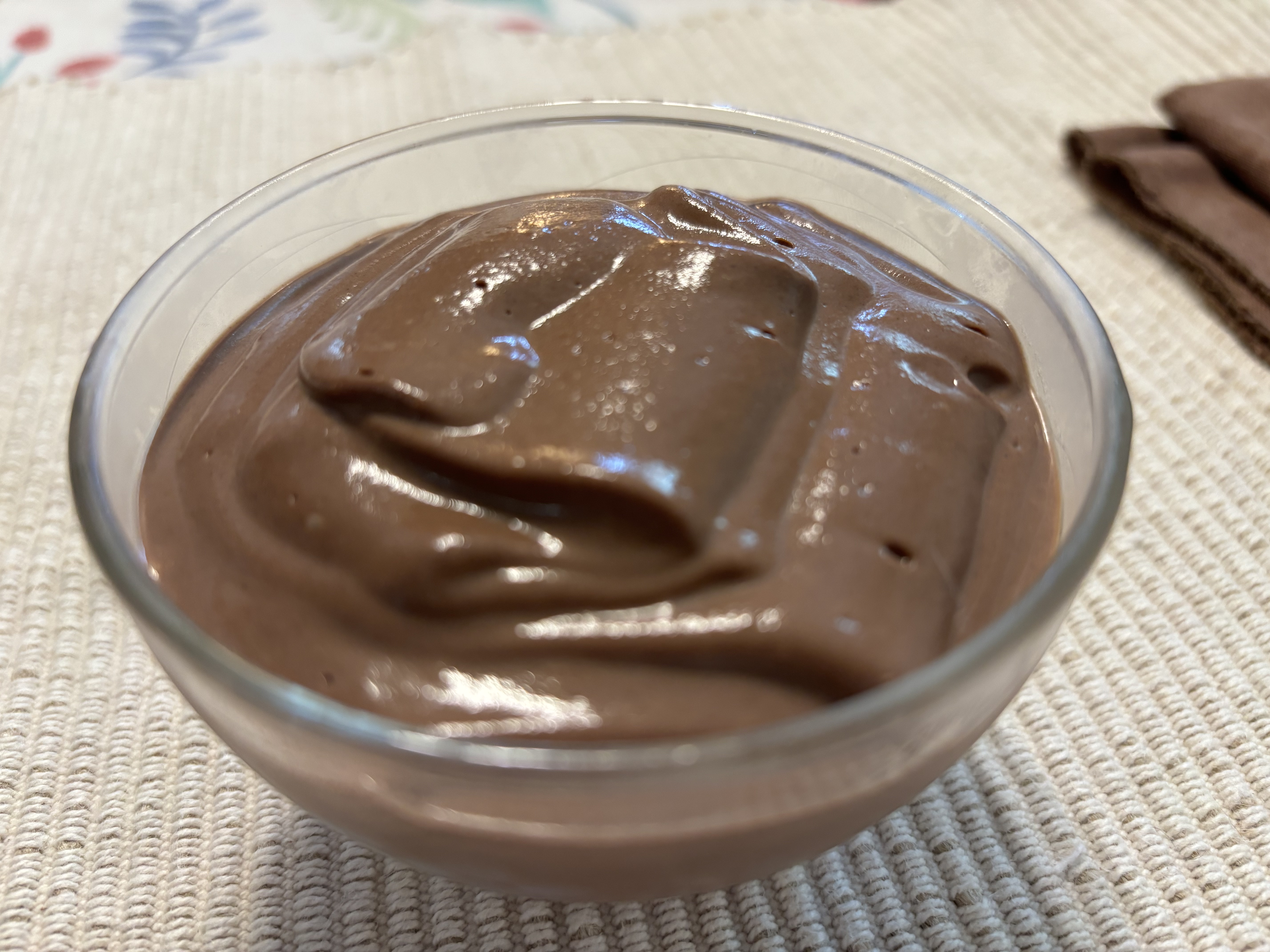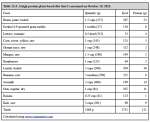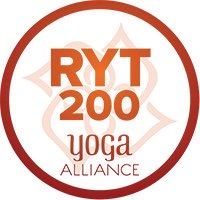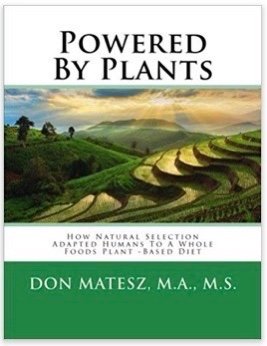Eight Benefits of Strength Training
Let's have a look at the top ten benefits of strength training for health and longevity.
Strength Training Benefit #1
Strength
This may seem too obvious, but maintenance of your current level of strength or developing even greater strength is one of the important benefits of strength training. As is often the case, many people don't know what they have had until it is gone.
In untrained people, strength and muscle mass peak in the mid-twenties then steadily decline thereafter. As you lose more and more muscle and become weaker and weaker you become more and more limited in what you can do for yourself and for others. Eventually you become frail and incapable of caring for yourself.
The weaker you are, the less you can do; the stronger you are, the more you can ado. Also, very weak people become a burden on others, whereas strong people become a help to others.
Strength is a "use it or lose it" quality. If you want to stay strong throughout life, you need to engage in strength training. It simply is not possible to maintain youthful levels of strength throughout life by any other means.
Strength Training Benefit #2
Prevent and Reverse Aging
Prevention and reversal of aging ranks as one of the most important benefits of strength training. Strength training is the only form of physical training proven to reverse genetic markers of aging. A team of researchers led by Simon Melov from the Buck Institute for Age Research in Novato, California compared the strength and genetic expression of 26 younger and 25 older adults, then put the latter on a resistance training program for 6 months [1].
Before the training program the older adults were almost 60% weaker than the younger adults, and their transcriptome profile "showed a dramatic enrichment of genes associated with mitochondrial function with age." After six months of strength training the older adults were only 38% weaker than the younger adults, and "the transcriptional signature of aging was markedly reversed back to that of younger levels for most genes that were affected by both age and exercise."
Strength Training Benefit #3
Flexibility
Most people do not think flexibility is one of the benefits of strength training. On the contrary, some people still mistakenly believe that strength training reduces your flexibility.
Contrary to popular belief, strength training alone has been scientifically proven to improve flexibility [2,3,4,5,6]. In fact, strength is the basis of active flexibility. Consider the ability to bend at the waist or squat deeply in order to get down on or up off the ground. The limit to this range of motion is strength. Similarly, the muscles around a joint will tense up to limit the range of motion to that which the muscles are strong enough to manage. This is why proper flexibility training involves developing strength in full ranges of motion, i.e. Full Range Strength.
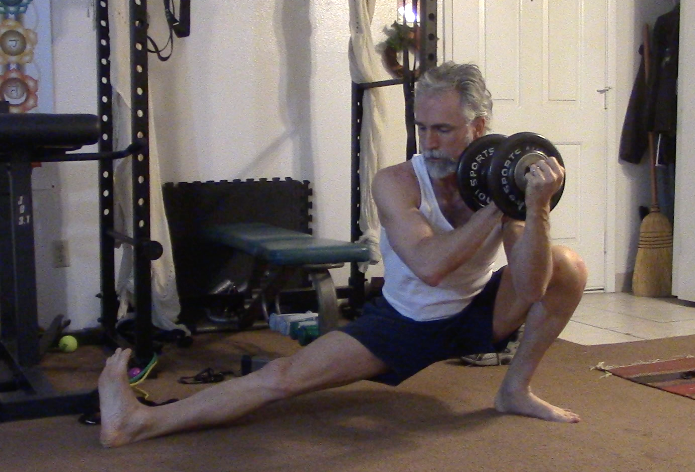
Strength Training Benefit #4
Cardiorespiratory Fitness
Research indicates that proper strength training also develops cardiovascular fitness [7,8], so you can add this to the benefits of strength training. The heart is a muscle, but you can train it only by training the other muscles of the body. Any activity that raises the demand for delivery of oxygen-rich blood to the muscles will train cardiorespiratory fitness.
This is one reason Full Range Strength programs utilize high intensity training principles. Full Range Strength Training you move as quickly as practical through a typically full body training routine. This quickly raises your heart and breathing rates into the target zone for cardiorespiratory fitness training.
Basically it is a type of
sprint-interval training, with each 30-90 second "sprint" being
performed with a different muscle group. It has been proven that a brief sprint-interval training program consisting of just three 20-second sprints separated by 2 minutes of light activity, thrice weekly, for a total of 10 minutes per session and only 30 minutes per week, produces the same cardiometabolic fitness improvements in 12 weeks as a conventional moderate-intensity "aerobic" program of 45 minutes of training thrice weekly at 70% of maximum heart rate [9].
A properly designed Full Range Strength Training program involves a base of 5 exercises per training session, each performed at the same intensity as a sprint, resulting in each session providing about 15-30 minutes of high intensity cardiorespiratory training.
Strength Training Benefit #5
Mental Health Benefits
Another one of the benefits of strength training is enhanced mental health. Research has shown that resistance training reduces depression and improves body image, self-esteem, quality of life, and fatigue [10].
Strength Training Benefit #6
Disease and Disability Prevention
Greater muscular strength “has an independent role in the prevention of chronic diseases whereas muscular weakness is strongly related to functional limitations and physical disability” [11]. Greater muscular strength reduces the risk of premature death from cancer and all causes in men [12] and women [13]. Hence, one of the benefits of strength training is its ability to prevent disease, disability, and premature death.
Strength Training Benefit #7
Increased Resting Metabolic Rate
The benefits of strength training may include a positive impact on your resting metabolic rate that can help you to stay lean. The faster your resting metabolic rate, the more calories you burn while just sitting around. Recovery from strength training requires an increase in metabolic activity which entails burning more fat as fuel. Research indicates that regular strength training in the absence of caloric restriction may increase your resting metabolic rate by 5-7%, although there is wide variation in individual responses [14,15,16]. An increased metabolic rate helps you to keep your body fat levels in check.
Strength Training Benefit #8
Physical Attractiveness
The shape and attractiveness of your body is primarily determined by how much muscle you have. This applies to both sexes. There is a common misconception that fat is the source of feminine curves. This is simply incorrect. Unlike muscle, fat has no intrinsic elasticity so fat on the body naturally sags.
|
The pleasing curves of the young adult physique are produced by muscle mass, which constitutes about 40% of the total body mass (compared to only 10-20% for fat). When people do not engage in strength training as youths, they may fail to develop their muscle mass adequately to have a pleasing physical appearance. As people age, in the absence of strength training they progressively lose muscle mass, at an estimated
rate of 3%-5% per decade after the age of 30. This means that the
untrained individual will lose up to one-quarter of his or her muscle
mass by the age of 80 years. This produces dramatic changes in appearance as well as body function. |
 |
The bottom line is that if you want to maintain a youthful, attractive appearance you have to maintain your muscle mass, and to do this you must engage in regular strength training.
Notes
1. Melov S, Tarnopolsky MA, Beckman K, et al.. Resistance Exercise Reverses Aging in Human Skeletal Muscle. PLOS 23 May 2007.
2. Fatouros IG, Kambas A, Katrabasas I, et al. Resistance training and detraining effects on flexibility performance in the elderly are intensity-dependent. J Strength Cond Res 2006 Aug;20(3):634-42.
3. Morton SK, Whitehead JR, Brinkert RH, et al. Resistance training vs. static stretching: effects on flexibility and strength. J Strength Cond Res 2011 Dec;25(12):3391-8.
4. Santos E, Rhea MR, et al. Influence of moderately intense strength training on flexibility in sedentary young women. J Strength Cond Res. 2010 Nov;24(11):3144-9. PubMed PMID: 20940647.
5. Monteiro WD, Simão R, Polito MD, et al.. Influence of strength training on adult women's flexibility. J Strength Cond Res. 2008 May;22(3):672-7. PubMed PMID: 18438255.
6. Barrett C, Smerdely P. A comparison of community-based resistance exercise and flexibility exercise for seniors. Aus J Physiother 2002;48(3):215-19.
7. Artero EG, Lee D, Lavie CJ, et al. Effects of Muscular Strength on Cardiovascular Risk Factors and Prognosis. Journal of cardiopulmonary rehabilitation and prevention. 2012;32(6):351-358. doi:10.1097/HCR.0b013e3182642688.
8. Steele J, Fisher J, McGuff D, et al. Resistance training to momentary muscular failure improves cardiovascular fitness in humans: A review of acute physiological responses and chronic physiological adaptations. J Ex Phys (online) 2012 June;15(3):53-80.
9. Gillen JB, Martin BJ, MacInnis MJ, et al. Twelve Weeks of Sprint Interval Training Improves Indices of Cardiometabolic Health Similar to Traditional Endurance Training despite a Five-Fold Lower Exercise Volume and Time Commitment. PLoS ONE (2016);11(4): e0154075. doi:10.1371/journal.pone.0154075
10. Taspinar B, Asian UB, Agbuga B, et al. A comparison of the effects of hatha yoga and resistance exercise on mental health and well-being in sedentary adults: a pilot study. Complement Ther Med 2014 Jun;22(3):433-40.
11. Volaklis KA, Halle M, Meisinger C. Muscular strength as a strong predictor of mortality: A narrative review. Eur J Intern Med 2015 June;26(5):303-10.
12. Ruiz JR, Sui X, Lobelo F, et al. Association between muscular strength and mortality in men: prospective cohort study. BMJ : British Medical Journal. 2008;337(7661):92-95. doi:10.1136/bmj.a439.
13. Rantanen T, Vopato S, Ferrucci L, et al. Handgrip strength and cause-specific and total mortality in older disabled women: Exploring the mechanism. J Am Geriatrics Soc 2003 April 29;51(5):636-41.
14. Lemmer JT, Ivey FM, Ryan AS, Martel GF, Hurlbut DE, Metter JE, Fozard JL, Fleg JL, Hurley BF. Effect of strength training on resting metabolic rate and physical activity: age and gender comparisons. Med Sci Sports Exerc. 2001 Apr;33(4):532-41. PubMed PMID: 11283427.
15. Speakman JR, Selman C. Physical activity and resting metabolic rate. Proc Nutr Soc. 2003 Aug;62(3):621-34. Review. PubMed PMID: 14692598.
16. Aristizabal JC, Freidenreich DJ, Volk BM, Kupchak BR, Saenz C, Maresh CM,
Kraemer WJ, Volek JS. Effect of resistance training on resting metabolic rate and
its estimation by a dual-energy X-ray absorptiometry metabolic map. Eur J Clin
Nutr. 2015 Jul;69(7):831-6. doi: 10.1038/ejcn.2014.216. PubMed PMID: 25293431.
Recent Articles
-
Ancient Roman Soldier Diet
Apr 14, 25 05:19 PM
A discussion of the ancient Roman soldier diet, its staple foods and nutritional value, and a vegan minimalist version. -
High Protein Chocolate Tofu Pudding
Jul 01, 24 12:41 PM
A delicious high protein chocolate tofu pudding. -
Vegan Macrobiotic Diet For Psoriasis
Sep 05, 23 06:36 PM
Vegan macrobiotic diet for psoriasis. My progress healing psoriasis with a vegan macrobiotic diet. -
How Every Disease Develops
Aug 04, 23 06:22 PM
How every disease develops over time, according to macrobiotic medicine. -
Why Do People Quit Being Vegan?
Jun 28, 23 08:04 PM
Why do people quit being vegan? How peer pressure and ego conspire against vegans. -
Powered By Plants
Mar 16, 23 08:01 PM
Powered By Plants is a book in which I have presented a lot of scientific evidence that humans are designed by Nature for a whole foods plant-based diet. -
Carnism Versus Libertarianism
Dec 30, 22 01:55 PM
Carnism Versus Libertarianism is an e-book demonstrating that carnism is in principle incompatible with libertarianism, voluntaryism, and anarchism. -
The Most Dangerous Superstition Book Review
Nov 15, 22 08:46 PM
Review of the book The Most Dangerous Superstition by Larken Rose.

